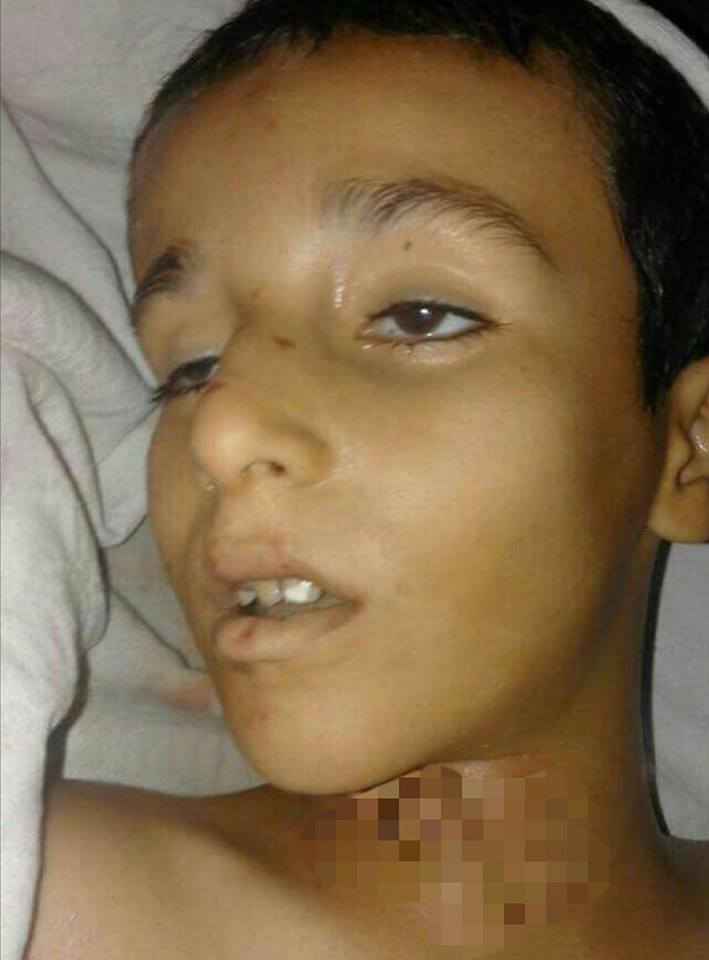Incident Codes
Incident Date
Location
Geolocation
Geolocation
Airwars Assessment
(Previous Incident Codes: S1064R2205RS2343)
Three to six civilians died in airstrikes on al Subha village, local media reported, though it was unclear whether the Coalition or Russia or the Syrian regime were responsible.
According to the Syrian Observatory for Human Rights, “five people were martyred and three of them were charred, as a result of shelling by aircraft. It’s not known whether it was Russian or affiliated with the International coalition”.
Ahmad al Shibli blamed the Coalition and put the death toll at six.
Euphrates Post reported that warplanes carried out strikes on “civilian houses in the vicinity of Al-Iman Mosque and the school in al-Subha town.” It said four civilians died and named two. In a later report, however, Euphrates Post pointed towards Russia and named a further (child) victim.
A report by the Syrian Network for Human Rights blamed the Syrian regime for firing missiles on Al-Iman Mosque.
However, in confused reporting, SN4HR later said that the Coalition had struck a high school for girls in al Subha.
Victims
Family members (2)
Family members (3)
Key Information
Geolocation Notes
Reports of the incident mention the village of Al Subha (الصبحة), for which the generic coordinates are: 35.2970537, 40.2363968. Due to limited satellite imagery and information available to Airwars, we were unable to verify the location further.

